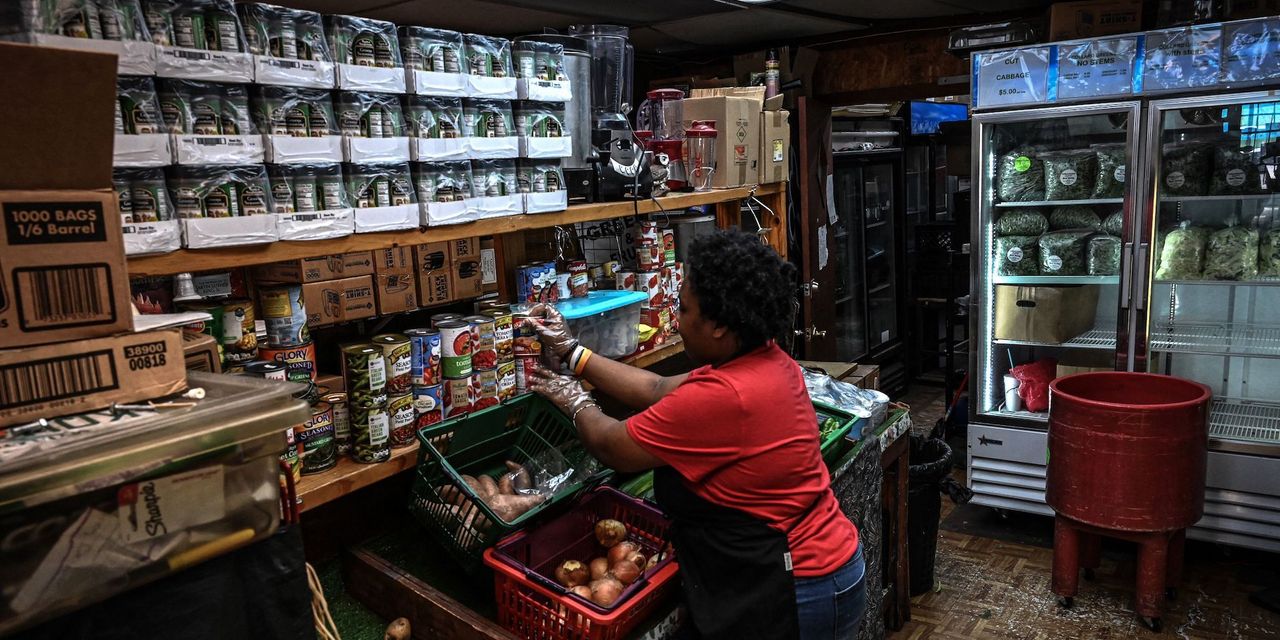Low-income people and people of color in the U.S. shoulder the biggest burden when it comes to interest and fees on loans, with many using alternative — and more costly — forms of credit.
Households defined as financially vulnerable spent 14% of their income on loan interest and fees in 2022. Financially healthy households, meanwhile, spent 1% of their income on those expenses. That’s according to the 2023 FinHealth Spend Report by the Financial Health Network, a network of industry and business leaders and policy makers that aims to improve the financial health of all Americans. The report came out this week.
The Financial Health Network asked respondents how they spend, borrow, save and plan and gave them scores for their financial health. Those receiving a score under 40 were considered “financially vulnerable,” those in the range of 40 to 79 were deemed “financially coping” and those with a score of 80 or above were considered “financially healthy.”
Americans paid $40 billion more in fees and interest on financial products and services in 2022 than they did in 2021, the report found, for an estimated total of $347 billion. The increase in the amount spent using credit cards and in the use of other credit services was the driving force behind the jump, the report’s authors said.
A disproportionate amount of those fees and interest costs were borne by financially vulnerable households, which paid 28% of the total in 2022, despite making up just 15% of the U.S. population.
One reason for this was likely a challenging economy that pushed many low-income people toward more expensive sources of credit, said Jennifer Tescher, founder and CEO of the Financial Health Network.
“These outsized impacts of interest and fees translate into real added suffering for families already struggling to get by,” Tescher said in a statement.
In 10 consecutive rounds of rate hikes in 2022 and 2023 aimed at bringing down high inflation, the Federal Reserve has pushed its benchmark interest rate to the range of 5%-5.25%. That has driven up interest rates for personal loans as well as for payday loans, which are already more costly than other credit products.
The growth in spending on interest and fees is worrisome, said Sarah Keh, vice president of Inclusive Solutions at Prudential Financial, a global wealth-management company.
“This year’s report shows concerning growth in Americans’ dependence on credit with meaningful increases in the use of high-cost, non-bank credit services,” Keh said in a statement. “Most alarming, and something we are particularly committed to addressing, are the disparities by race and financial health status.”
In 2022, there was a ”startling increase” in the use of high-cost alternative types of credit, with spending on interest and fees spiking after years of decline, the report found. For Black households specifically, usage of services such as rent-to-own agreements, refund-anticipation checks, title loans and payday loans increased. The use of refund-anticipation checks and title loans also rose among Latinx households.
Black and Hispanic households on average spent 7% and 5% of their incomes, respectively, on interest and fees, compared with 3% for white families. The authors suggested that part of the reason Black households may be struggling is because they have fewer options for obtaining credit. Experts have told MarketWatch in the past that people turn to alternative loans when banking services cannot meet their financial needs, either because it takes too long to get a loan approved or because they think their loan application is likely to be declined.
Despite the rise in the number of households taking out alternative loans, the U.S. unbanked population — people who do not have a bank account — dropped to a new low, falling from 5.6% in 2021 to 3.8% in 2022, the report found.
The majority of U.S. households are “fully banked,” meaning that they have a bank account and did not use any alternative banking services in the past 12 months. The unbanked segment of the population, however, is disproportionately made up of people of color and households that earn less than $30,000 per year. Among unbanked households, about 80% earned less than $30,000, and 41% were Black and 24% were Latinx, the report found.
Read the full article here


